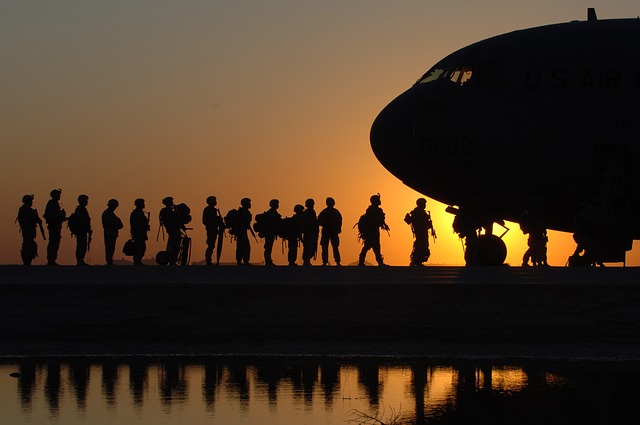By NewsDesk @infectiousdiseasenews

The rates of certain types of sexually transmitted infections, or STIs, are rising dramatically for both male and female service members, according to the Military Health System (MHS) last week.
These STIs include chlamydia, gonorrhea, and syphilis. Data from the Centers for Disease Control and Prevention confirm similar surges for these three types of infections in the civilian population.
“We have a large number of males in the service, and the population we see normally is the 18 to 25 year olds. STI is most common in that age group,” said Norma Jean Suarez, a nurse practitioner in preventive medicine at Brook Army Medical Center in San Antonio. She added that the men she sees often don’t know how prevalent STIs are.
STIs cause a economic drain on military health systems and also affects individual readiness.
“There appears to be an increase in high-risk behaviors among service members; that is, having sex without a condom or having more than one sexual partner,” said Maj. Dianne Frankel, an Air Force internal medicine physician and USU preventive medicine resident.
Buy Trojan Condoms – Save up to 70%!
Suarez added another factor she’s been seeing: Dating apps can promote random, anonymous encounters, and when infections result, that anonymity can make partners difficult to track down.
Efforts are ongoing to combat the rise of STIs through education. “STIs are preventable,” said Frankel. “It’s important for everyone to know how to protect themselves and their partners.”
- Vietnam dengue cases up 3-times this year
- Brazil: Nearly 600K dengue cases through early June, Chikungunya update
- Salmonella outbreak linked in papayas
- Two animal anthrax deaths prompts warning from Texas health officials
- Polio: 5 WPV1 cases reported in past week, global total exceeds 2018
- Canada: Quebec reports a record high 200 West Nile virus cases in 2018
- Strongyloides stercoralis: 30 percent of Cambodians tested positive in study



2 thoughts on “Sexually transmitted infections in the US military: ‘Appears to be an increase in high-risk behaviors’”